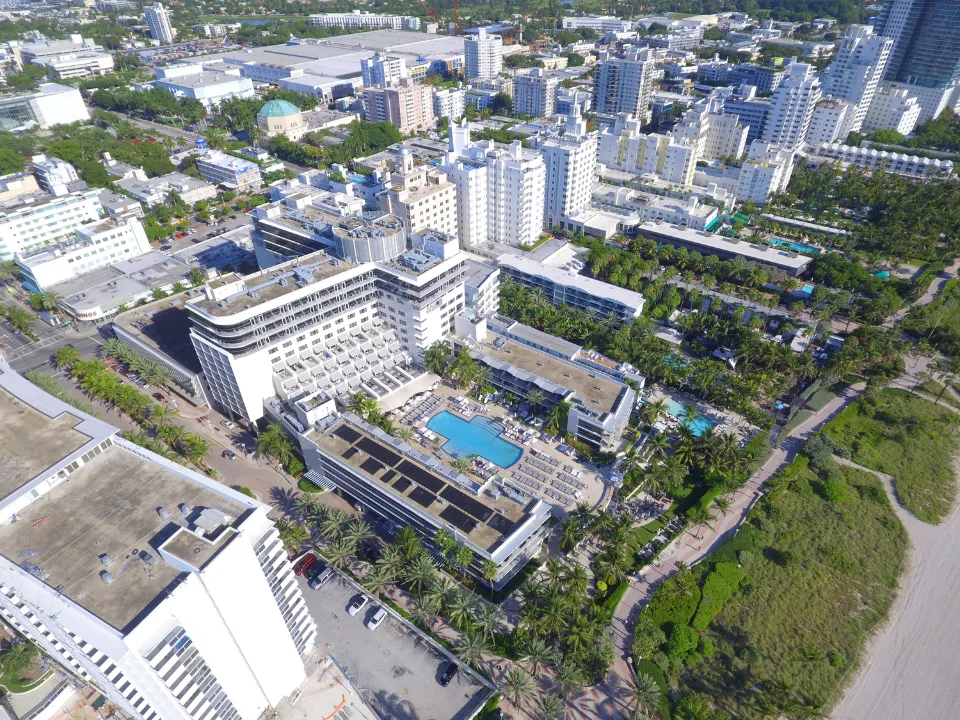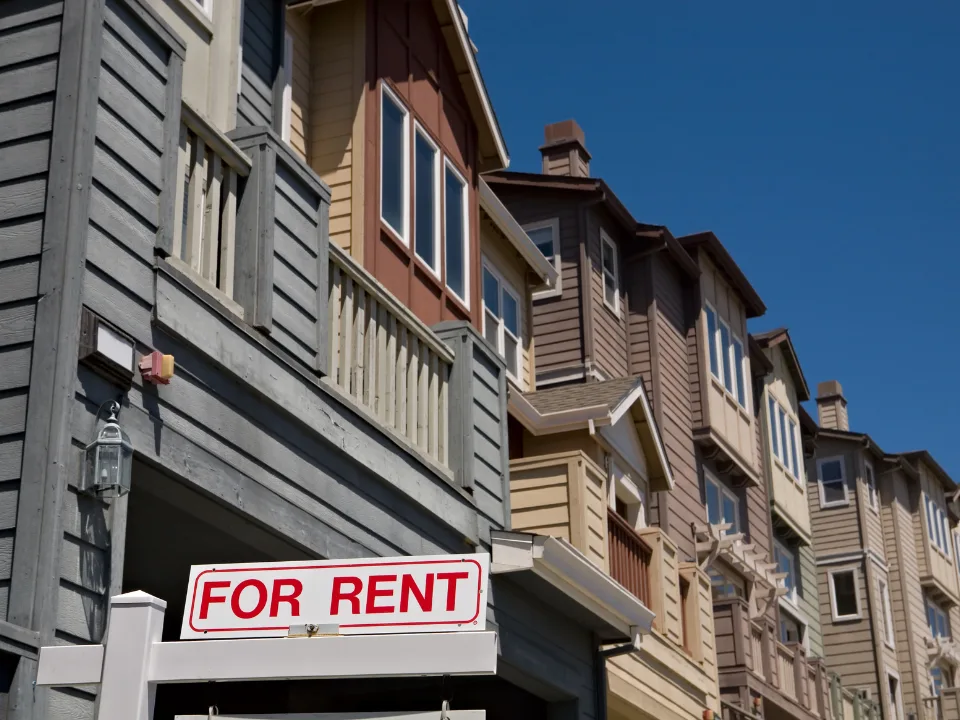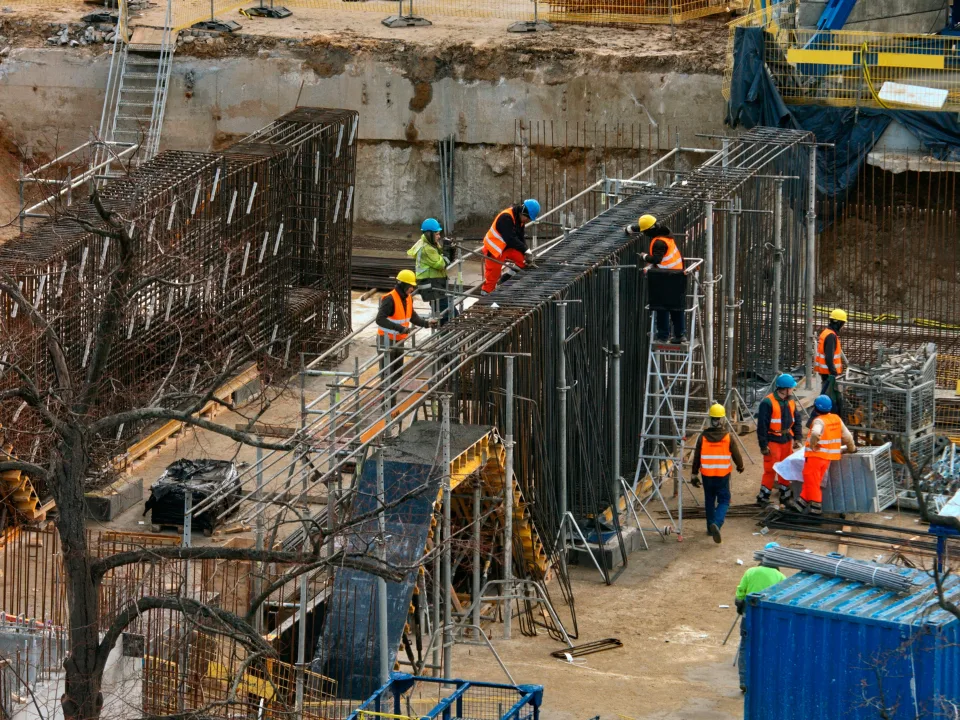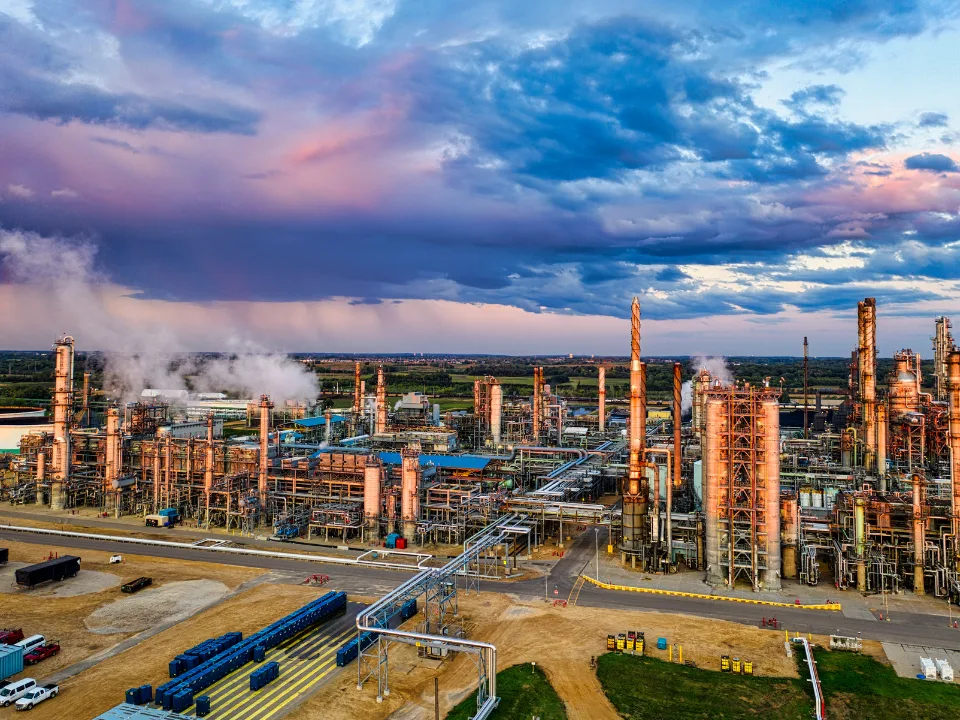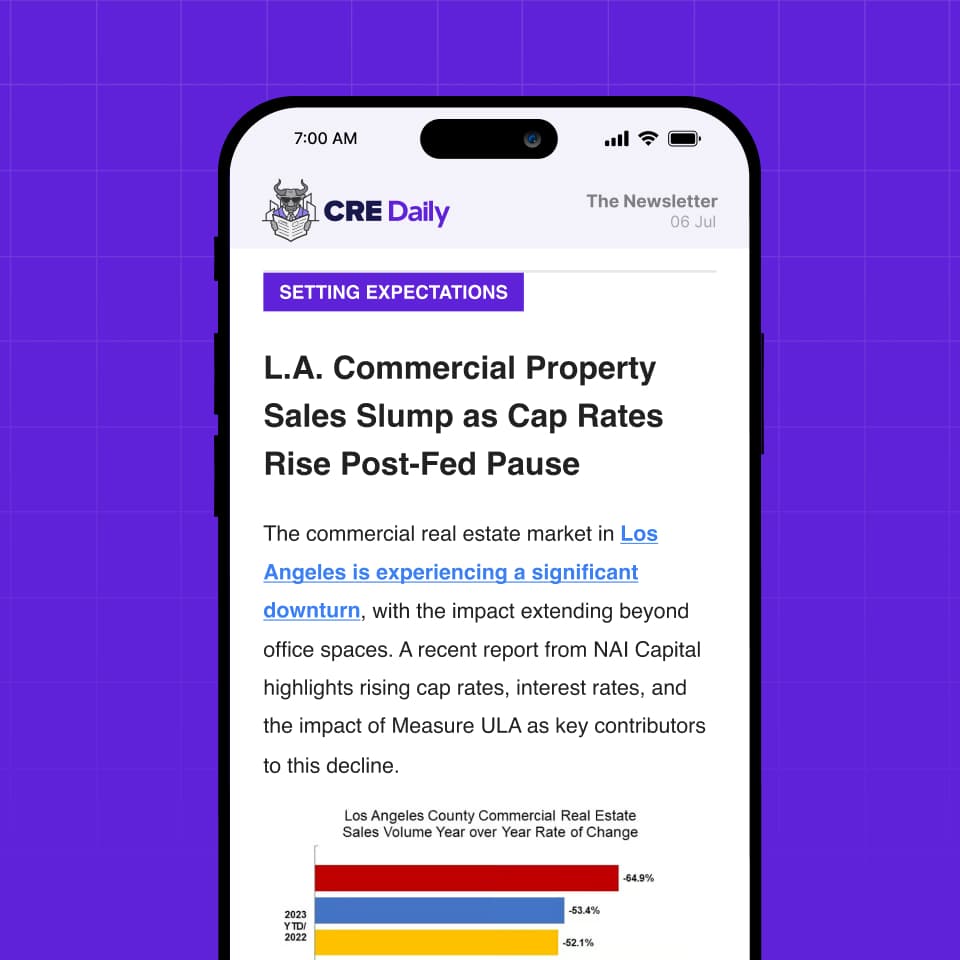- The vacancy rate for warehouses under 100 KSF was 3.9% in Q4, significantly lower than the 6.7% overall warehouse vacancy rate.
- Developers have prioritized larger distribution centers, with only 8% of new warehouses built in 2024 under 100 KSF.
- Businesses are increasingly looking for smaller warehouse spaces to reduce costs and position inventory closer to customers, but supply is limited.
Despite an overall rise in warehouse availability, businesses looking for smaller industrial spaces under 100 KSF are struggling to find real options due to limited new development, according to WSJ.
Get Smarter about what matters in CRE
Stay ahead of trends in commercial real estate with CRE Daily – the free newsletter delivering everything you need to start your day in just 5-minutes
Demand Outpacing Supply
According to Cushman & Wakefield, the vacancy rate for warehouses under 100 KSF was 3.9% in Q4, compared to 10.1% for larger warehouses over 100 KSF.
With occupancy rates that high for smaller industrial spaces, it’s no surprise that even well-known retailers like Half Price Books have spent more than a year searching for just one 6 KSF warehouse in Minnesota, without success.
Smaller Demand
While large warehouses dominated industrial real estate development in recent years, demand for smaller warehouses is now rising as companies look to:
- Reduce costs by leasing smaller spaces.
- Improve delivery speed by distributing inventory across multiple smaller warehouses rather than relying on one large facility.
- Stay flexible in response to shifting consumer demand and supply chain challenges.
However, most industrial developers just aren’t as interested in building smaller spaces.
Building Bigger
Over the past five years, most new warehouse construction has been focused on large-scale distribution centers, driven by e-commerce growth. Only 8% of new warehouses built in 2024 were under 100 KSF.
Smaller warehouses are harder to build because they’re often located in urban and suburban areas where land is more expensive. Developers also prefer to build larger facilities that offer better economies of scale and higher returns.
What’s Next
With developers focusing on large warehouse projects, the shortage of smaller spaces is unlikely to ease soon. Businesses may need to explore alternative storage solutions, like leasing temporary spaces or partnering with third-party logistics providers.
For now, companies searching for smaller warehouses may need to plan ahead, expand their search areas, or opt for more efficient storage solutions to navigate the ongoing supply crunch.


